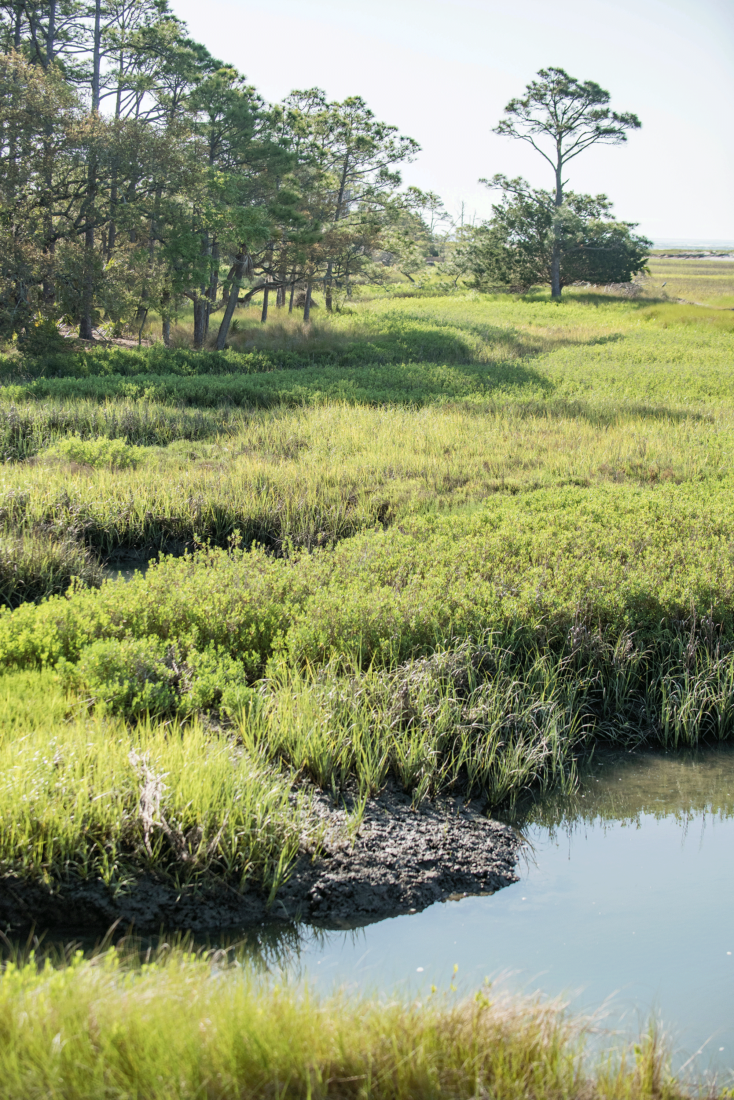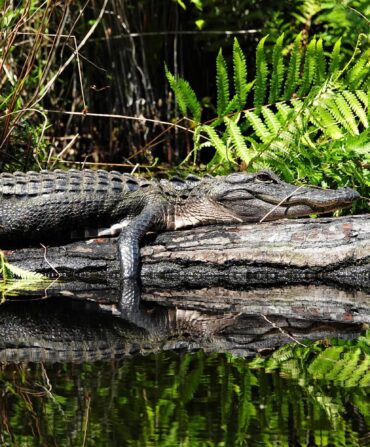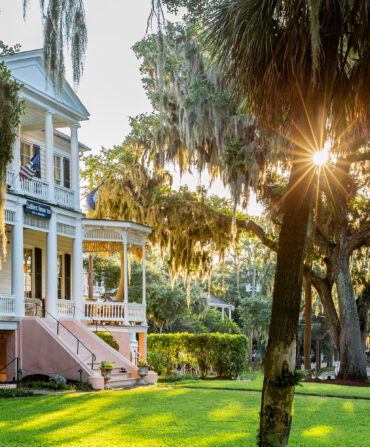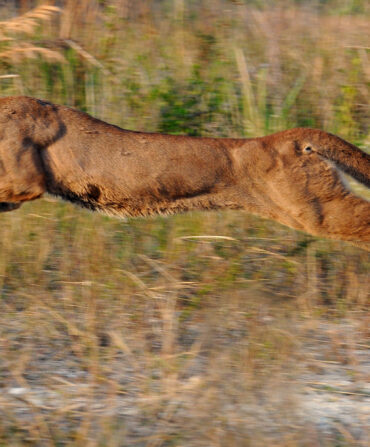The first thing you notice about St. Phillips Island is what isn’t there. There are no footprints on the beach and no sounds besides those of the animals. No roads, no stores, no music, no people other than those you came with. Thousands of shells blanket the sand because nobody has taken any away. Opalescent oyster shells, some as long as your hand, lie unbothered in thick piles.
“I look at this and think, this has to be what people saw the first time they set foot here at the turn of the eighteenth century,” says Phil Gaines, the recently retired director of the South Carolina State Park Service who now assists with special projects. A science and history buff, Gaines is responsible for making St. Phillips, a 4,682-acre barrier island just northeast of Hilton Head that was once Ted Turner’s private refuge, into South Carolina’s newest—and most ecologically significant—addition to the state park system.
“This is a once-in-a-generation opportunity for this state,” Gaines says about the acquisition. “The challenge is how to share the island without changing it, without losing what makes it so special.” It’s a riddle that Gaines and his team were eager to tackle in December 2017 when Turner, the billionaire conservationist, sold St. Phillips to the state after using it for nearly forty years as a beach retreat for his family.
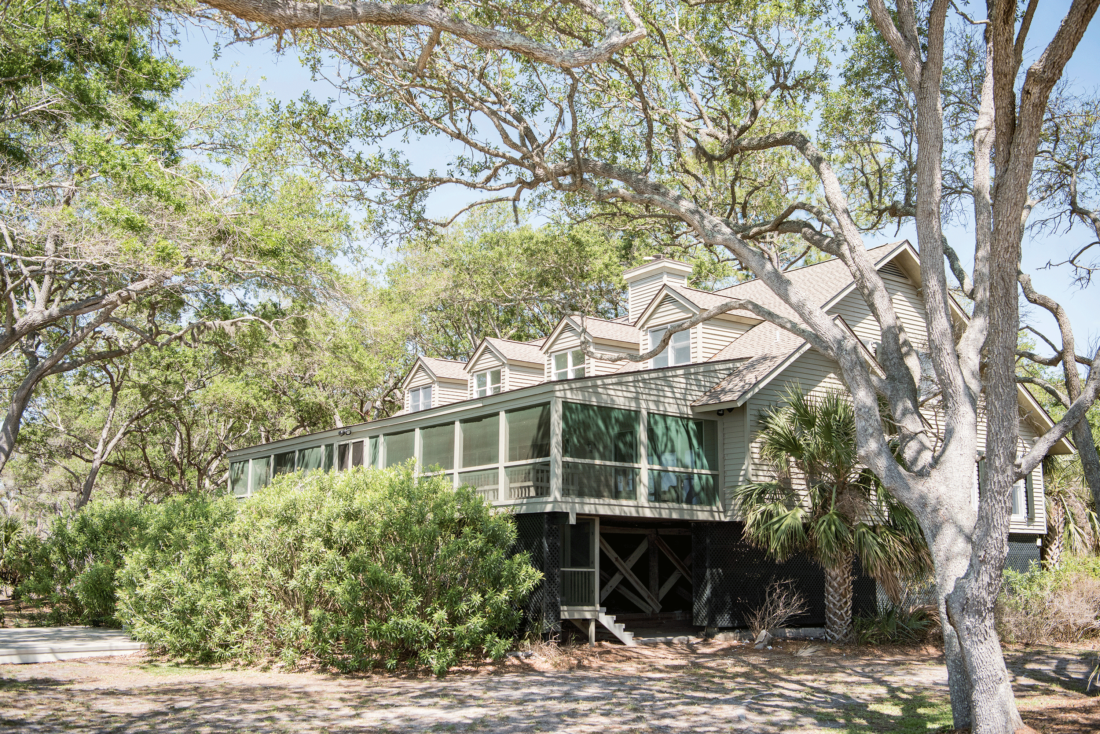
Photo: Kelli Boyd
The Turner family cottage.
Turner bought St. Phillips in 1979, both to capture a piece of the Lowcountry he loved and to save it from development. “When I was a young boy living in Savannah, the Atlantic coastline was still largely wild and untouched,” Turner says. “So, when I purchased St. Phillips Island, I voluntarily attached a conservation easement to the deed so that the land could never be turned into a cookie-cutter golf course resort.”
Turner carved out a handful of trails for exploring the island, built a beach cottage and a caretaker’s house overlooking the ocean, and began an effort to essentially turn back time for the island’s animal population. After eradicating aggressive feral hogs, he restored the habitats of imperiled fox squirrels, Eastern indigo snakes, and loggerhead turtles that had disappeared as development encroached nearby.
As time passed, however, Turner and his family visited less frequently and eventually decided it was time to sell St. Phillips, but only “to someone who would appreciate it as much as we did,” Turner says. That someone turned out to be the state of South Carolina, which acquired the property at a fraction of its appraised value to add to Hunting Island State Park.
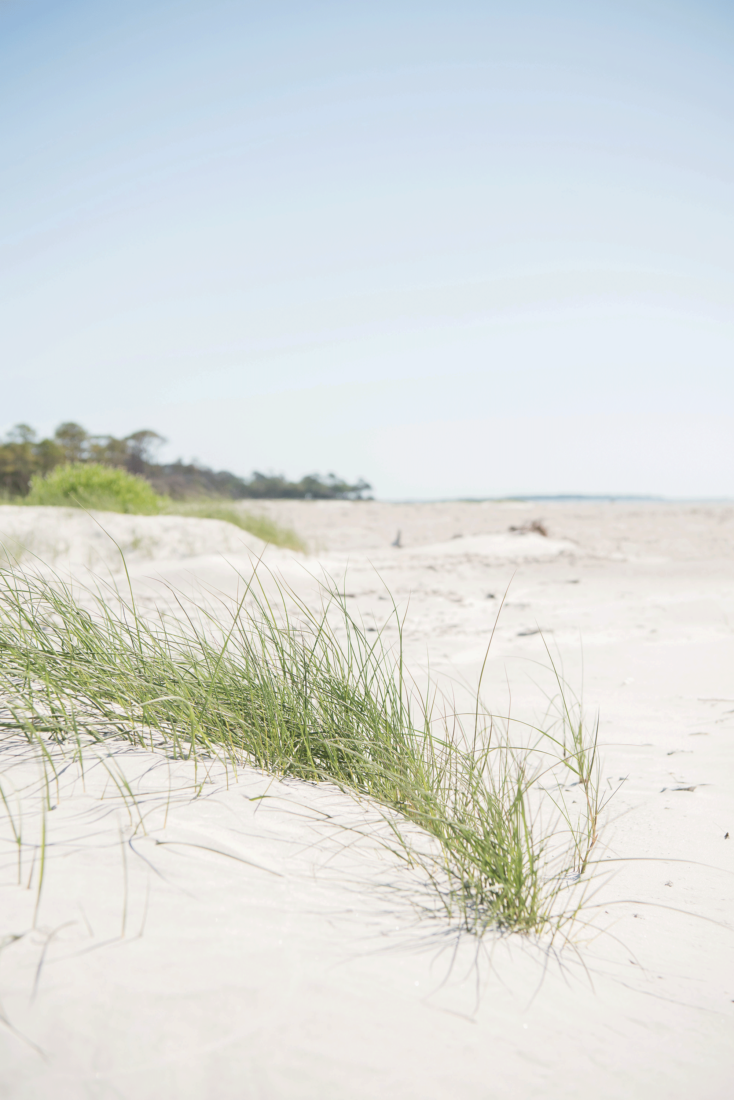
Photo: Kelli Boyd
Pristine beach.
Gaines and his team worked methodically to create a plan for people to enjoy the island without degrading its raw and rugged character. The first phase of that plan began this fall, with limited tours traveling by boat down the Story River to the dock on St. Phillips. From there, a rambling tram ride crosses through a dense maritime forest and a rare ancient dune system. Alligators watch from sloughs while beefy black fox squirrels dart across longleaf pines. Old-growth magnolias, some seventy feet tall, twist up past Spanish moss–draped oaks, and bald eagles and ospreys fly overhead. The four-mile jaunt ends with an interpretive hike with a ranger, and then lunch in the Turner house and a walk out to the beach, where flocks of Wilson’s plovers dart across the sand, and fat sheepshead and speckled trout swim just past the waves.

Photo: Kelli Boyd
An osprey takes flight.
After a break for winter, the public tours will resume in the spring, with overnight stays in the Turner house envisioned in the year after that. “We want to spark curiosity with these treasures,” Gaines says. “Ideally, people will go home and want to know more. And if you know more, you’ll care more about what we’ve all been entrusted with.”


